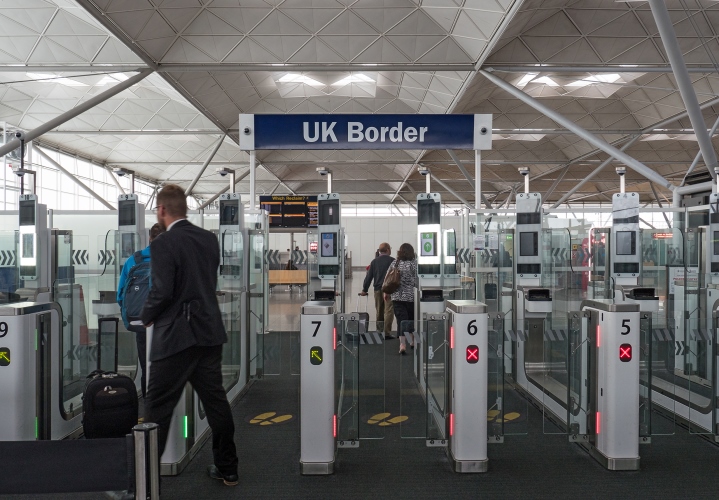There have been a number of recent amendments to the Immigration Rules. In particular, the Tier 2 shortage occupation list has been significantly expanded so that many more roles are now on this list. This has a number of advantages. In particular, employers do not have to carry out the Resident Labour Market Test before sponsoring someone if the role they will undertake falls under the shortage occupation list.
The Shortage Occupation List – Recent Changes
This list highlights the job roles for which there are not enough British or settled workers in the UK.
If the role is on the shortage occupation list, the employer does not have to carry out the Resident Labour Market Test. The Resident Labour Market Test requires employers to advertise the post in accordance with strict Home Office criteria to demonstrate that the employer has tried to recruit workers within the UK and EEA countries. If the Resident Labour Market Test applies, the employer is only able to sponsor a non-EEA national under Tier 2 (General) if no suitable settled workers applied for the role.
Applicants who will be undertaking a shortage occupation role also receive additional points under Tier 2 which means that they are more likely to be granted a restricted Certificate of Sponsorship if the monthly cap is reached.
Further, applicants undertaking a role on the shortage occupation list are exempt from the relevant Tier 2 salary threshold when applying for Indefinite Leave to Remain. There are also lower visa application fees if the role is on the shortage occupation list.
The following key changes were made to the shortage occupation list, with effect from 6 October 2019:
- The addition of biological scientists, biochemists, veterinarians, psychologists, chartered surveyors and architects to the list;
- The addition of a number of IT roles and also engineering roles;
- The addition of a number of healthcare roles;
- The removal of a small number of roles from the list, including production managers and directors in mining and energy, pharmacists, pharmacologists and dental practitioners and management consultants, actuaries, economists and statisticians working in the life assurance, general insurance or health and care sectors;
- Sponsors no longer have to be ‘qualifying companies’ for jobs in the Digital Tech sector, meaning that companies can now hire migrants with fewer specific requirements and without seeking approval from the Department of International Trade;
- Most SOC codes on the shortage occupation list now cover all jobs under that occupation code; and
- Restaurants that provide a take away service can now sponsor migrant chefs (provided the other requirements are met).
Comment
This is a very welcome change as around 9% of all roles are now on the shortage occupation list, compared to only 1% previously. We recommend that employers check the updated shortage occupation list at an early stage in the process as many more roles are now included.
Employers should however be prepared to justify why they made the decision that the role fell within a particular SOC code, particularly when that SOC code is on the shortage occupation list. We are aware of cases where the Home Office has queried the sponsor’s choice of SOC code, both at the application stage and during Home Office audits and this can lead to the refusal of the application or, in the worst case, the Home Office may take compliance action against the sponsor.

 Kerry Garcia
Kerry Garcia